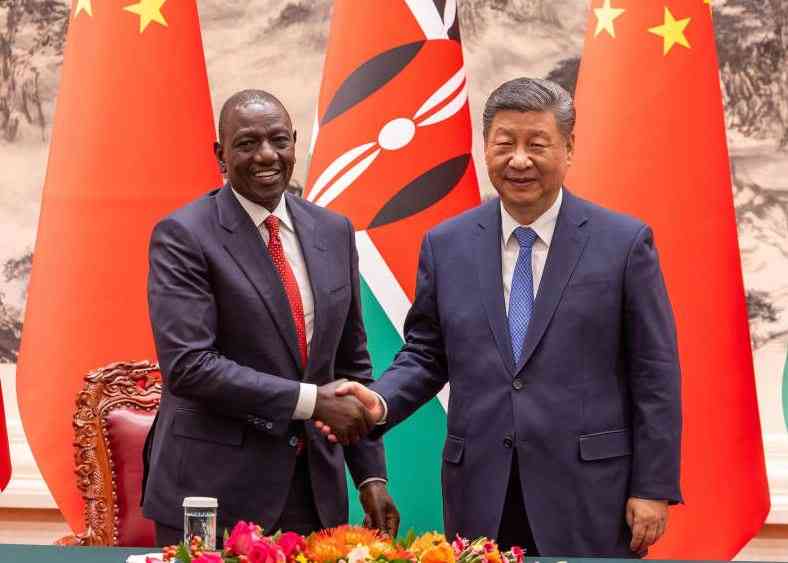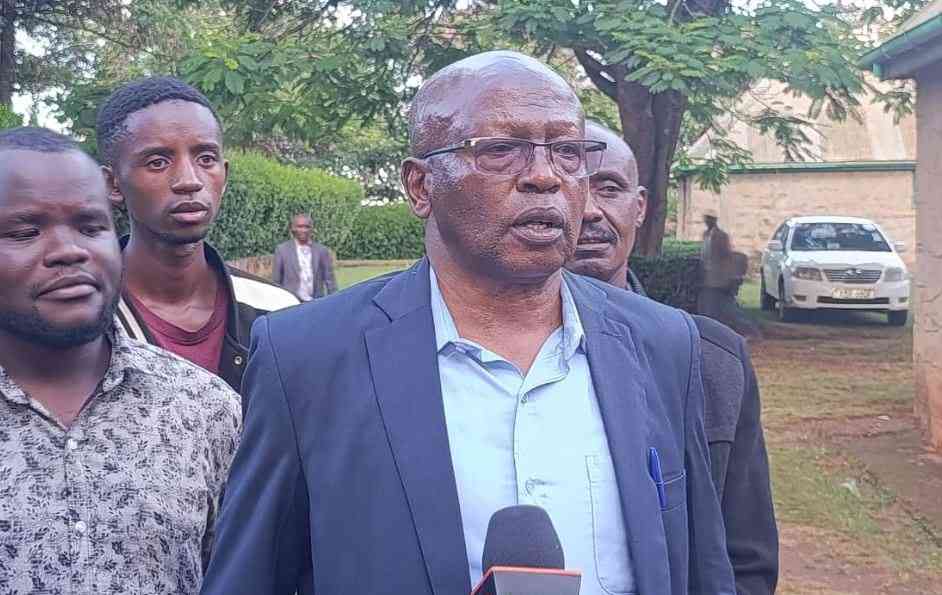×
The Standard e-Paper
Read Offline Anywhere

Peter Hungu stares at his computer screen as he listens intently to the recordings from a team undertaking a wildlife census at the Lake Nakuru National Park.
His desk is full of recorders, cameras and Global Positioning Satellites (GPS) technologies enabling him and the technical teams to communicate how wildlife and their habitats are doing.







